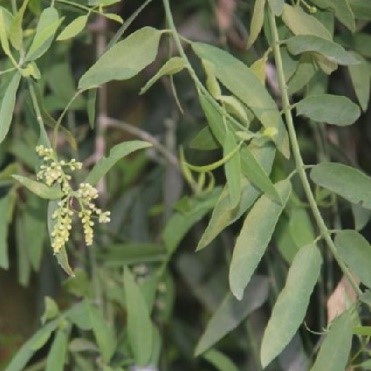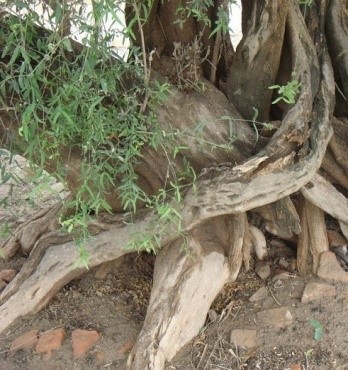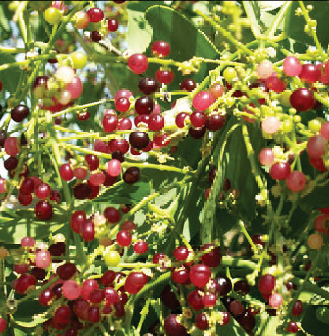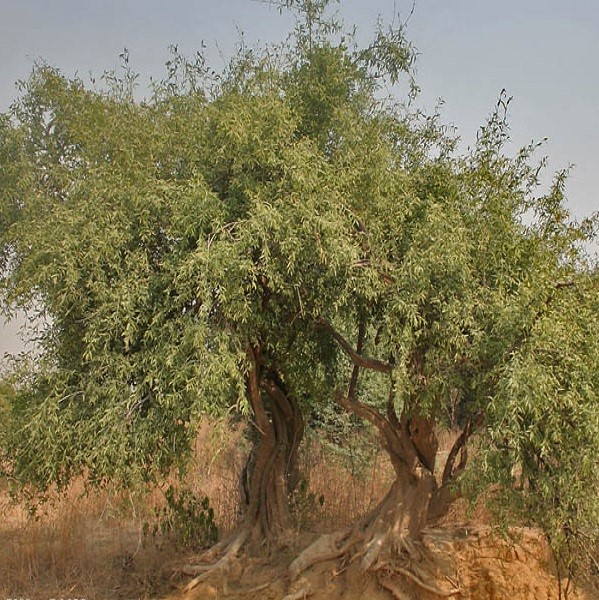Trees
Salvadora oleoides Dene.
Salvadora oleoides Dene.
Description :
A
large evergreen shrub or tree, sometimes growing into a rather large tree. The
leaves are 3.8 to 7.8 cm long. Bark is grey and slightly rough. The flowers are
2.35 cm across. The fruit is a drupe 5 cm in diameter, sub-sessile, globose and
yellow in color when ripe. Flowers occur in March and April. The seed matures
in summer. It is reproduced from seed. Poly bag raised 1-year old seedlings can
be successfully planted out. The tree is currently being heavily lopped for
fodder and fuel. Efforts should be made to initiate a planting program as well
as a protection program for existing individuals and groups of individuals. The
tree would become extinct if new plantations are not raised in its natural
ecological zone i.e. deserts of Thal, Cholistan and Tharparkar. It grows about
6 cm/year in height. Grains are straight, fine, and even textured having Calorific
value of 5100 Kcal/kg.
Distribution :
The
tree is native to Pakistan and occurs throughout the plains of the Punjab. It
is restricted to hot, dry areas of the Punjab waste lands. An intolerant tree
that grows as scattered individuals or groups in the desert. Occurs with Prosopis
cineraria and Capparis aphylla on a variety of well drained sandy
soils. It is adapted to a precipitation zone of 100 to 250 mm/yr, in a
temperature range of 10 to 50°C. It prefers an arid, dry, sub-tropical,
tropical thorn type climate and is very susceptible to frost. In its natural
range it is disease and insect free.
Uses :
It
is a good fodder tree for harsh sites. Also used as fuel, fruit medicinal (leaves for coughs, root bark as vesicant,
fruit extract for spleen), wheels, building materials, boat building knees,
tools. Oil from seed.



